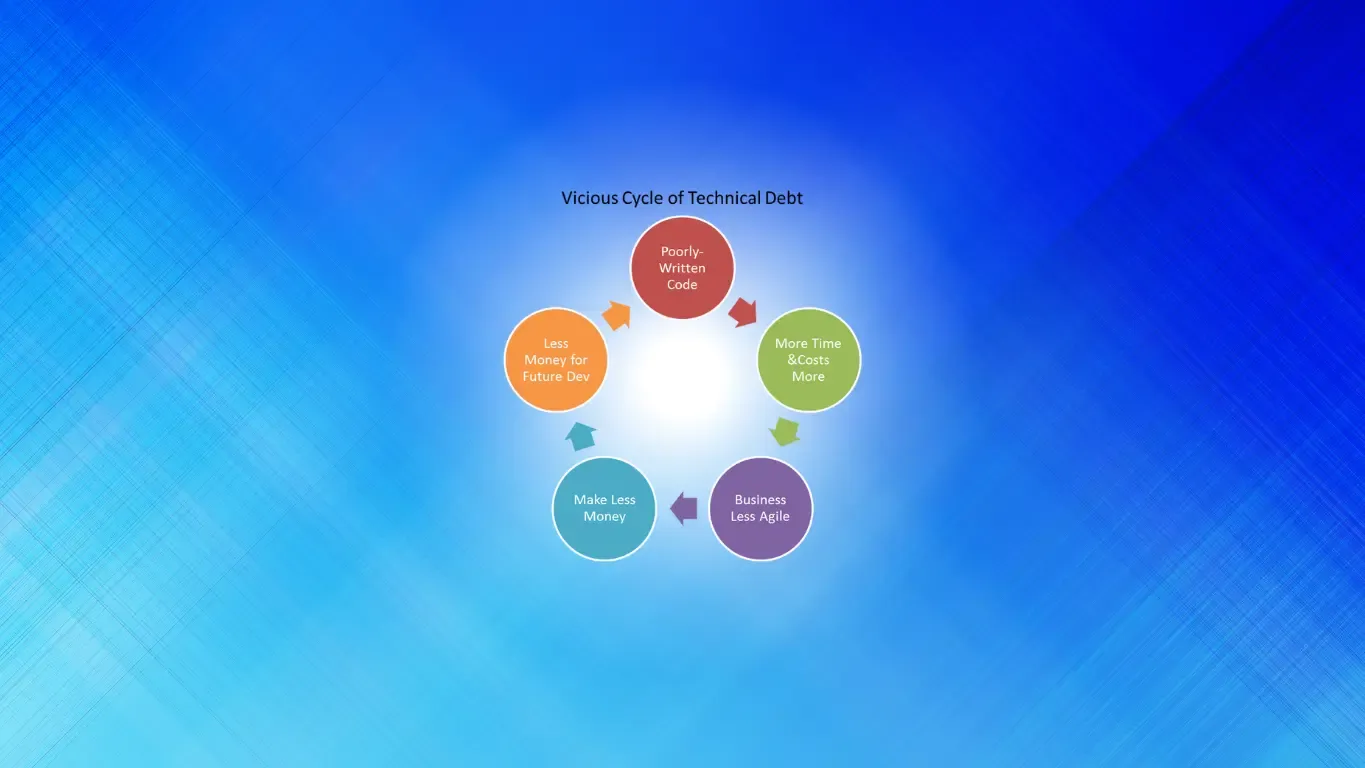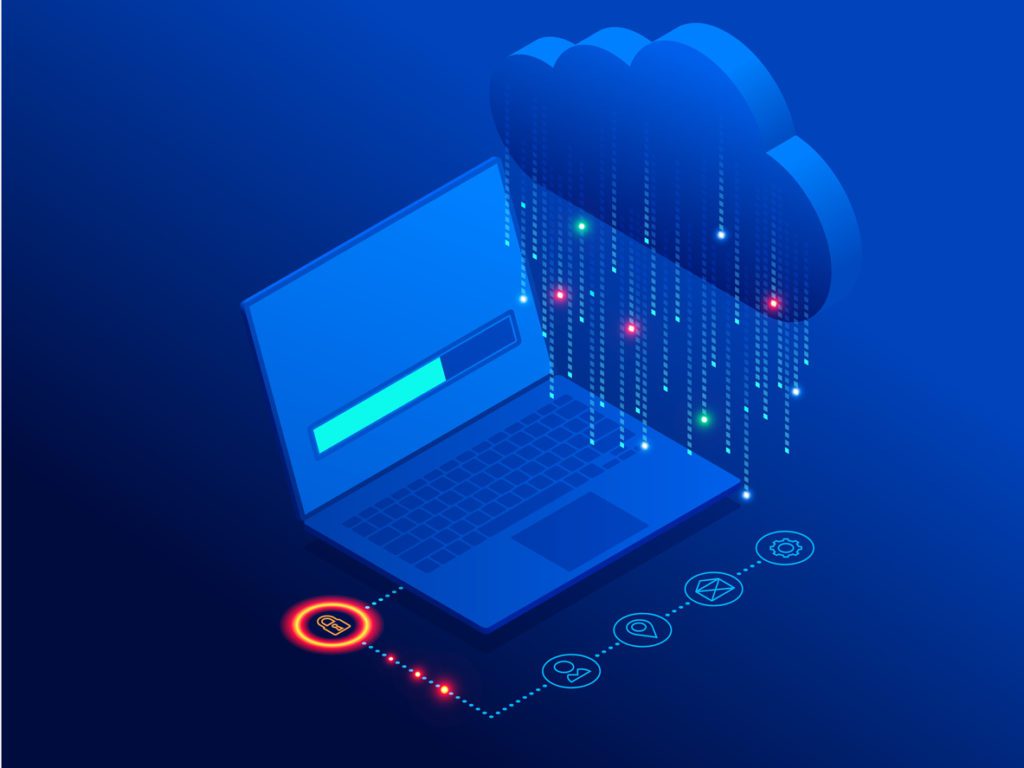How to Reduce Your Technical Debt From Rapid Cloud Adoption
When our workforces went home in 2020 many companies were forced to make a rapid jump to the cloud also known as rapid cloud adoption It was sudden...

When our workforces went home in 2020, many companies were forced to make a rapid jump to the cloud, also known as rapid cloud adoption. It was suddenly necessary to provide enterprise platforms that could be securely reached and operated through dozens, hundreds, or thousands of home computers. The fact that the technology was ready is a miracle in itself. When else in history could a global quarantine fail to stop the economy in its tracks? But the technical debt created by this hasty reconfiguration is more than you can shake a stick at.
Businesses that planned to spend years carefully preparing their data and infrastructure for the cloud migration shortened those timelines to a matter of weeks - sometimes even days. In the rush to facilitate remote workers, many cloud configurations had gaps in both security and capability. IT departments are often fully aware that their control and integration of cloud solutions are insufficient. However, they do not have the tools or margins to reach in and make the infrastructure corrections necessary to correct this technical debt in the now-essential remote software stack.
Agile IT has been working with cloud systems for two decades. We know how to help you resolve any inefficiency, security gap, or data silo created during your rapid cloud adoption.
What Typically Goes Wrong in a Rapid Cloud Adoption?
Lack of Visibility Into Cloud Assets for Control and Security
Cloud platforms and SaaS solutions do not always have the transparency necessary for businesses to keep full control of their data, operations, or security. Those tools that were essential to keep the lights on during your initial cloud adoption may now be preventing you from increasing your level of control and even meeting security regulatory standards with obfuscated data and limited dashboards.
Onboard IT Team Rushed Through Cloud Training
One of the biggest challenges for today’s IT teams is rapid cloud adoption. Not just the technical act of migrating data and setting up cloud platforms, but learning to implement and manage these platforms up to previous on-premise technology standards. Your on-staff IT teams have skills with the systems they have worked with. Further, cloud migration is as new to many IT as it is to their companies. IT teams are now learning as quickly as they can about how to choose, implement, and secure your business’ remote stack in a manner that best suits both your workflow and regulation compliance.
Insufficient Access and Control Management
When employee accounts are on third-party cloud platforms, you may not have the full access and control management that you need to provide full security, track activity, and prevent malfeasance on internal accounts. It can become a problem if you do not control logins, and authorization levels, and cannot take measures to stop bad actors in the system.
Data Loss During Platform Migration
Data migration is not always perfect, especially when done in a rush. If your migration program was not aligned with both the sending and receiving systems, then data can be lost or corrupted during a cloud system migration. If you had to move large or detailed business systems rapidly onto the cloud, you may have noticed minor to serious data loss and have been dealing with this deficit since the migration.
Poorly Integrated Cloud Platforms and Data Silos
What happens when you have three or four cloud solutions to cover your enterprise software needs? You get data silos. Most cloud solutions do not integrate smoothly or easily with others unless you choose a full-suite with programs like Microsoft Cloud and HubSpot. If working with multiple SaaS platforms and purpose-built cloud systems, your data and operations cannot fully integrate. Thus, data silos are being created.
Teams Isolated on Separate Cloud Enterprise Systems
Another problem with separated cloud platforms is that your teams are isolated. While your finance team may have all the cloud tools they need, they will have to go out and around to interface with a team from marketing or from customer service. In fact, your teams may not all have accounts on the same shared platforms. This can lead to unnecessary management and communication problems when your departments do need to work together through the cloud.
Cloud Security, IT Operations, and Teams Misaligned With Company Policy
 You build your company policy for IT and data security based on standards set by the industry. But a rapid cloud adoption can leave your infrastructure and operational procedures out of alignment with your stated policies. This may mean that you have less cybersecurity than you would enact if in full control of your assets. Maybe your access and control policies cannot implement under the current cloud configuration.
You build your company policy for IT and data security based on standards set by the industry. But a rapid cloud adoption can leave your infrastructure and operational procedures out of alignment with your stated policies. This may mean that you have less cybersecurity than you would enact if in full control of your assets. Maybe your access and control policies cannot implement under the current cloud configuration.
Malware Infections Transferred or Picked Up
Malware infections are a constant risk when taking actions involving the internet. There are two common types of technical debt related to cloud migration malware. The first is accidentally bringing malware along with your migrated files, infecting your new virtual servers or databases with the infected data moved from home to the cloud.
The second is malware picked up en route due to a compromised cloud platform. When using cloud assets, you do not have the full insight of network monitoring tools. Thus, making it even more difficult to spot a lurking malicious program in the new environment.
Vulnerable Cloud Platforms
Let’s not forget that cloud providers must be secure for your data and operations to be secure. Advanced cybersecurity attacks may target your server provider, your SaaS platforms, your file manager, or other cloud providers which can expose your data as well as the provider’s own business information.
Misconfiguration of Cloud Assets
The last is the single biggest source of technical debt from rapid cloud adoption; misconfiguration. Cloud assets, like any software, need to be set up to provide the most efficient and secure performance. The cloud can be efficient, share unified data, and achieve high standards of cybersecurity. Only if you know how to do it. With an IT trying to quickly become cloud experts, it is challenging to build the right configuration
Resolve Your Technical Debt, Complete Your Cloud Adoption for the Long-Haul With Agile IT
Cloud adoption in the short term was a miracle that kept the business world afloat in a time of crisis. Now, however, those rapid solutions are not still your best answer. If you have a patchwork of incomplete cloud adoption and need to resolve the technical debt, Agile IT can help. Agile IT has been migrating, securing, and managing cloud environments for nearly two decades. We can help identify misconfigurations and security gaps. Then, we help maximize your Microsoft cloud investment with services you are already paying for with your Microsoft Licensing.
We can help you resolve your current cloud solutions or build a new cloud structure that eliminates the technical debt of a stop-gap solution that’s run for too long. Contact us today for a consultation on resolving your cloud adoption technical debt.





